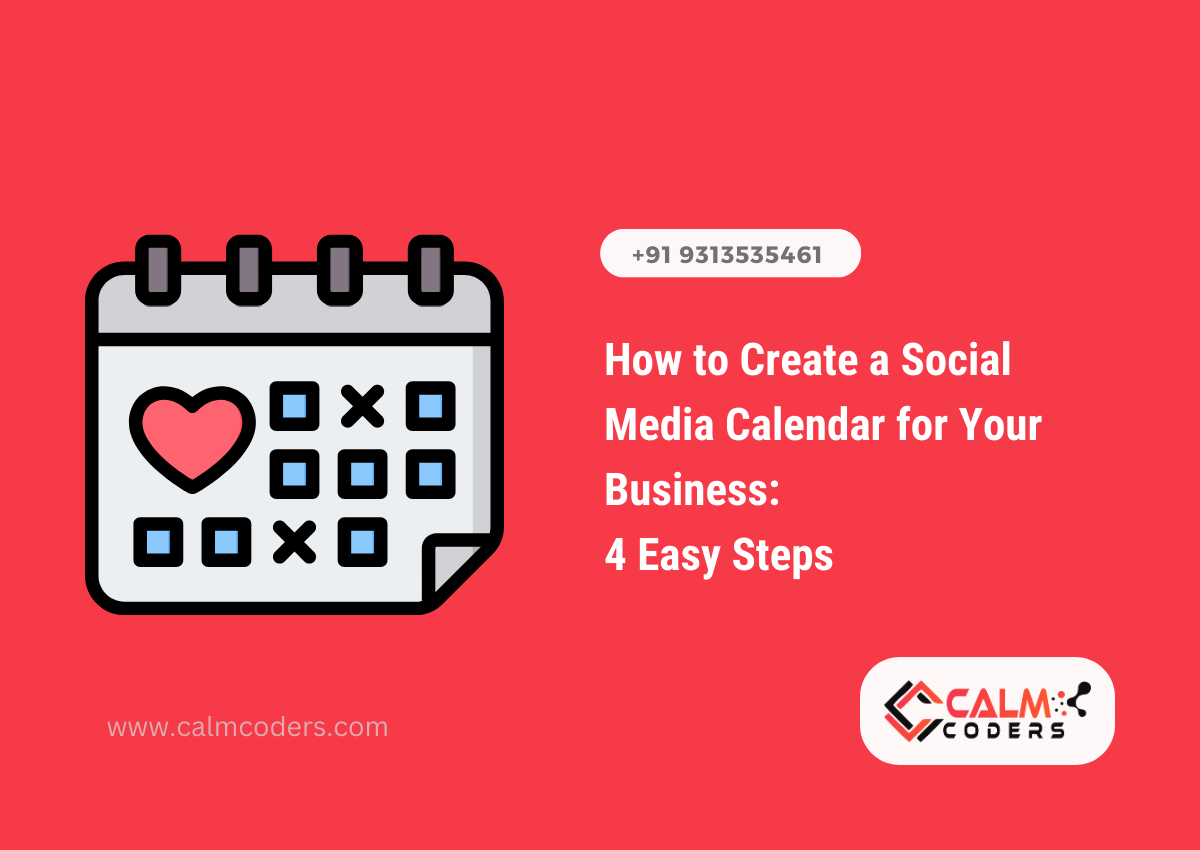In today’s digital landscape, having a strong social media presence is crucial for growing your business online. One of the key components of a successful social media strategy is planning and scheduling your posts effectively. By creating a social media calendar, you can ensure that your content is organized, consistent, and optimized for maximum engagement. In this article, we will guide you through four easy steps to create a social media calendar that will help you grow your business online.
Step 1: Identify Your Audience and Perform a Social Media Audit
Before diving into creating a social media calendar, it is important to identify your target audience and perform a comprehensive social media audit. By understanding your audience’s habits, interests, and demographics, you can tailor your content to resonate with them effectively.
During the social media audit, assess your current social media presence, accounts, and interactions. Analyze the performance of your social media posts, including metrics such as engagement, clicks, and conversions. This will provide valuable insights into how your audience engages with your content and what strategies are working for your competitors.
Additionally, take note of the best days and times to post on different social media platforms. While there are general guidelines, it is essential to consider when your specific audience is most active online. By combining these insights with your social media strategy, you can determine the optimal posting schedule for your business.
Step 2: Choose the Right Social Media Platforms for Your Brand
Once you have a clear understanding of your target audience, it’s time to decide which social media platforms are the most relevant for your brand. Consider your audience’s demographics, preferences, and behaviors to determine the platforms where they are most active.
For example, if you are in the B2B space, LinkedIn might be the ideal platform to reach professionals in your industry. On the other hand, if your target audience is younger and more visually-oriented, platforms like Instagram or TikTok may yield better results.
When selecting social media platforms, keep in mind the content types that best fit your brand’s needs and budget. Different platforms have varying requirements and formats, such as images, videos, reels, or stories. Tailor your content accordingly to maximize engagement and reach on each platform.
Step 3: Plan and Organize Your Social Media Calendar
Now that you have identified your audience and chosen the right platforms, it’s time to start planning and organizing your social media calendar. This step involves determining the content types, formats, and posting schedule for each platform.
Start by outlining the different types of content you want to create, such as promotional posts, curated content from industry thought leaders, or personal interactions with your followers. Aim for a balanced mix of content that educates, entertains, and promotes your business.
Next, establish a posting frequency that aligns with your business goals and available resources. Refer to industry best practices and your audience’s engagement patterns to determine how often you should post on each platform. Create a schedule that ensures consistent and regular content delivery.
In your social media calendar, include essential details such as the platform, date, time, copy, visuals, hashtags, and links for each post. This will help you streamline the content creation process and ensure that all elements are in place before publishing.
Step 4: Seek Feedback and Continuously Improve
Creating a social media calendar is not a one-time task but an ongoing process that requires continuous improvement. After finalizing your calendar, seek feedback from your team and stakeholders to ensure that it aligns with your social media strategy and resonates with your target audience.
Invite your team to review the calendar and provide their insights and suggestions. Consider their feedback on post types, interests of the target audience, relevant hashtags, and overall alignment with your brand’s marketing goals. This collaborative approach will help you refine and optimize your social media calendar.
Furthermore, regularly evaluate the performance of your social media posts and campaigns. Track metrics such as engagement, reach, conversions, and click-through rates to identify what works and what needs improvement. Use these insights to make data-driven decisions and adapt your calendar accordingly.
In conclusion, creating a social media calendar is a vital step in growing your business online. By following these four easy steps, you can ensure that your social media strategy is well-planned, organized, and optimized for success. Remember to continuously seek feedback, track performance metrics, and make necessary adjustments to drive business growth through social media.
FAQs
Why should I create a social media calendar?
Does my business need a social media calendar?
Which tools can I use to create a social media calendar?
There are various tools available to create a social media calendar. Some popular options include:
Planable: A social media management tool that allows you to plan, collaborate, and schedule your social media content.
Google Sheets: A free and versatile option for creating a spreadsheet-based calendar.
Hootsuite: A comprehensive social media management platform that offers a built-in calendar feature for scheduling and publishing posts.
Trello: A project management tool that can be customized to create a social media calendar.
Excel: Microsoft Excel is a widely used tool for creating and organizing content calendars.
Choose a tool that aligns with your needs, budget, and level of complexity required for your social media planning and scheduling.




